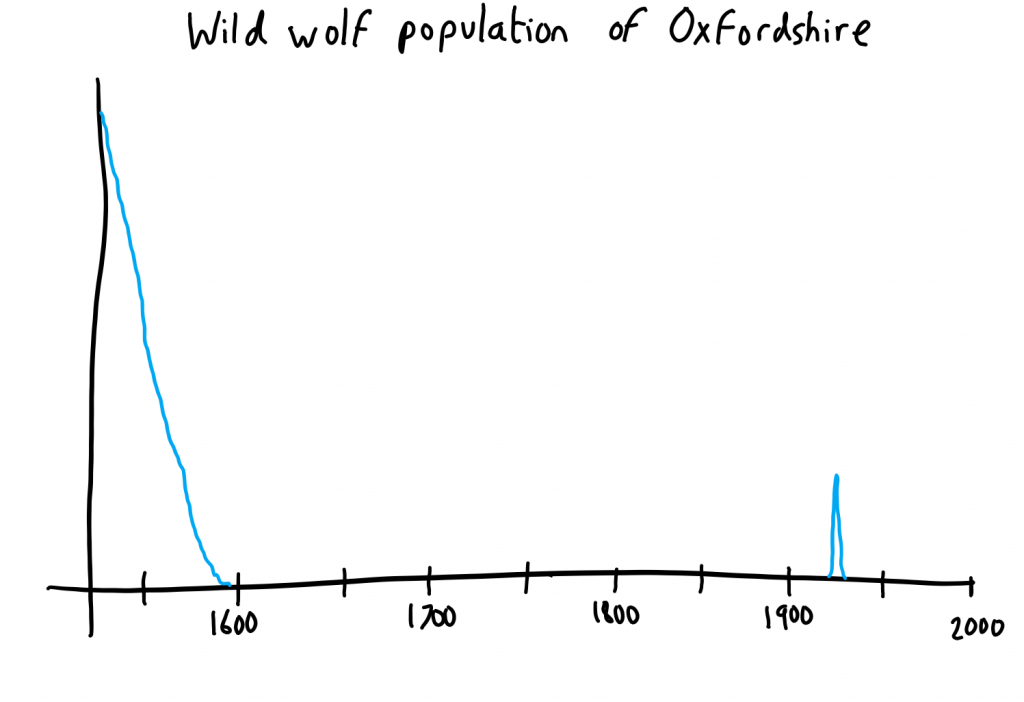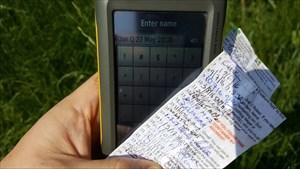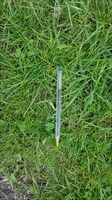It’s been a while since I last hid geocache containers and it felt like it was time I gave a back some more to the community, especially as the “village” I live in has a lower cache density than it deserves (conversely, Oxford City Centre is chock-full of uninspiring magnetic nanos – although it’s improving – and saturated with puzzle caches that ultimately require a trek well outside the ring road). I’ve never been a heavyweight score-counting ‘cacher, but I’ve always had a soft spot for nice containers as large as their hiding place will permit coupled with well thought-out pieces of local interest, and that’s the kind of cache I wanted to add to my local area.

So imagine my joy when I discover a little-known piece of history about my village: that for a few years in the 1930s, we used to have a zoo! And I’m not talking about something on the scale of that place with the meercats that we used to go to: I’m talking about a proper zoo with lions and tigers and bears (oh my!). Attractions like Rosie the elephant and Hanno the lion would get mentioned in the local newspapers at every excuse, and a special bus service connected Oxford city centre to the entrance to the zoo, just outside then (then much-smaller) Kidlington village.

Taking advantage of my readers’ card at the Bodleian Library, I was able to find newspapers and books and piece together the history of this short-lived place. Of particular interest were the unusual events of January 1937, when three wolves escaped from the zoo and caused chaos in the surrounding village and farms for several days. In a tale that sounds almost like a Marvel Comic origin story, the third wolf was eventually shot by local press photographer Johnny Johnson who chased the animal down on a borrowed bicycle.

This formed the essence of our new geocaches: we planned four geocaches –
- Oxford’s Long-Lost Zoo (GC7Q96B / OK0456), representing the zoo and hidden at a corner of what used to be the grounds
- Oxford’s Wild Wolf One (GC7Q9E6 / OK0457), representing the first escaped wolf and hidden near to a garden it jumped into
- Oxford’s Wild Wolf Two (GC7Q9FF / OK0458), representing the second escaped wolf and hidden near to where it was shot by a farmer and his son
- Oxford’s Wild Wolf Three – not yet placed, but we’re planning a multicache series that follows places that the third wolf might have travelled through during its extended escape (the third wolf managed to stay at large for long enough to allegedly kill 13 sheep)

Soon after the first three caches went live they were found by a local ‘cacher whose hides I’ve enjoyed before. She had nice things to say about the series, so that’s a good sign that we’re thinking in the right kind of direction. The bobbin – who’s taken a bit of an interest in local history this month and keeps now asking about the ages of buildings and where roads used to go and things – is continuing to help me set out places to hide the parts of the final cache in the series, Oxford’s Wild Wolf Three, so further excitement no-doubt awaits.

